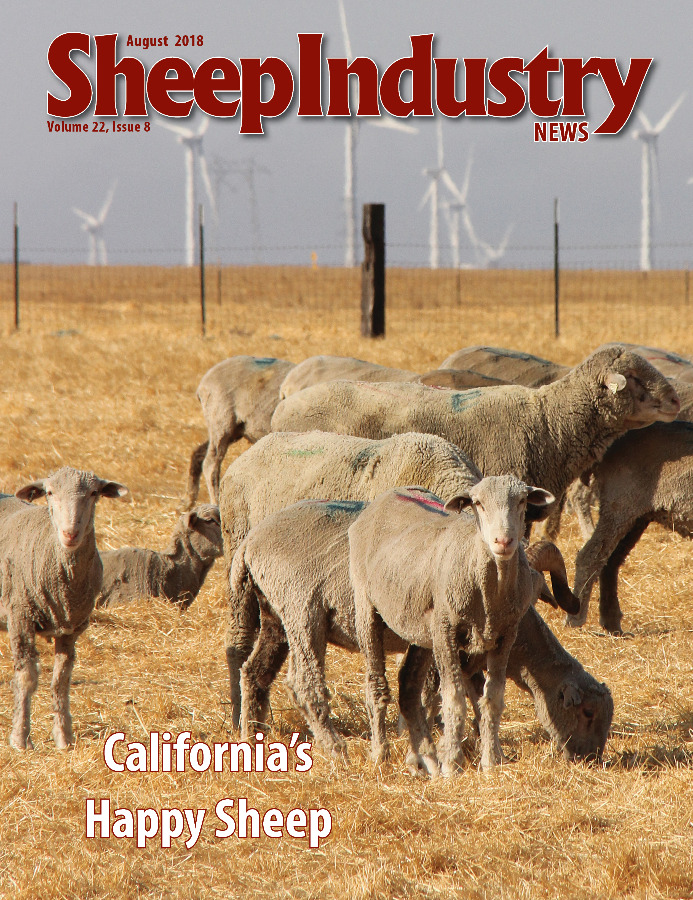
- August 2018
- President’s Notes
- Jerry King Cartoon
- ALB White Paper Calls for Industry Changes
- Japan Reopens to American Lamb
- Ninth Circuit Court Hears Montana Grazing Appeal
- Superior Farms Looks for Innovation in the Sheep Tank
- San Francisco Lamb Jam
- Fear Mongering & The Wild Sheep Foundation
- Around the States
- Market Report
- The Last Word
Japan Reopens to American Lamb
Nearly 15 years after Japan closed its borders to American lamb during the cattle BSE issue in 2003, the country has reopened to imports from the United States. And, it couldn’t come at a better time.
“Retail sales of lamb and mutton are on the rise in Japan,” read a story on the Global Meat News website earlier this year. As is the case in the United States, lamb consumption is relatively small compared to other proteins in the country, but continues to grow. Japanese consumers have tended to eat lamb mostly in restaurants, “but supermarket sales of lamb and mutton nationwide are on the rise,” the report continued.
Last year, Japan imported $169 million in sheep and goat meat, primarily from Australia and New Zealand, to supplement domestic production. But now Japanese consumers will have another option. The U.S. Department of Agriculture’s Foreign Agricultural Service issued notice of the new market for American lamb on Wednesday, July 11.
“We’ve been aggressive in calling for the re-opening of this market to American lamb for years,” said American Sheep Industry Association President Mike Corn of New Mexico. “Trade is such an important issue all around the world right now, and it’s important for American lamb producers to be able to compete in a global market. With the opening of Taiwan and Japan in the last three years, we’re increasing our producers’ ability to do just that.”
ASI reiterated its desire to open the Japanese market in a letter to President Donald J. Trump’s transition team before he even took office in January of 2017. The sheep industry’s position on this valuable market has been emphasized in meetings with agriculture and trade officials in the administration, as well as congressional leaders.
“This success is a direct result of USDA’s dedication to helping America’s farmers and ranchers keep and find new markets for their products,” said Secretary of Agriculture Sonny Perdue. “The United States has a reputation for high quality agricultural products and this administration is committed to helping U.S. producers prosper and share these products with the world.”
The announcement comes after extensive work by USDA technical staff with Japanese authorities to establish new terms for market access that are science-based and consistent with international public and animal health standards. These terms will allow U.S. exports of sheep and goat meat to resume.
A report on American lamb exports in mid-July from the U.S. Meat Export Federation shared that Japan is expected to “quickly regain its status as one of the leading destinations for U.S. lamb.” The current major markets for American lamb exports are the Caribbean, Canada, Africa, the Philippines and Mexico.
Exports in 2018 through the end of May were up over the same period in 2017. The United States had exported 9.8 million pounds during that time – a 43 percent increase from 2017. Exports in May 2018 alone were 2.2 million pounds – an increase of 57 percent compared to May 2017.
To read more about the guidelines for U.S. meat exports to Japan, go to www.fsis.usda.gov/wps/portal/fsis/topics/international-affairs/exporting-products/export-library-requirements-by-country/Japan.

